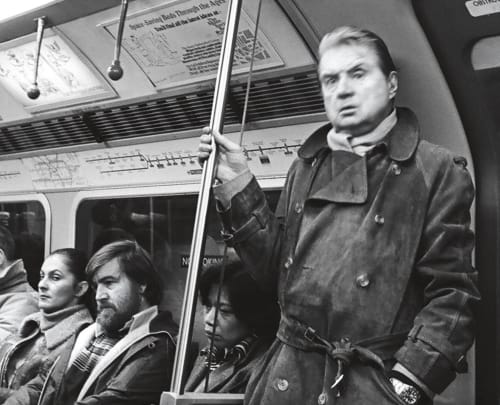My painting is a representation of life, my own life above all, which has been very difficult. So perhaps my painting is very violent, but this is natural to me.
Francis Bacon’s visceral, macabre portraits express the widespread anxieties of post-war Europe and the artist’s own personal demons. Bacon lived a life full of drama, he painted howling abstracted faces and crucifixes in claustrophobia-inducing settings that reflected his own fixation on asethetiscim, Bacon's painting made all the more ominous with his discomfiting palettes. He often took inspiration from art historical forebears such as Van Gogh and Velázquez, translating their dramatic compositions for the chaotic modern age. Bacon’s own violent relationships served as a darker, more personal reference point. Beginning in his mid-thirties, Bacon received considerable acclaim and exhibited regularly in New York, Paris, London, Berlin, and Moscow, among other cities. His work belongs in the collections of the Tate, the Museum of Modern Art, the Centre Pompidou, and the Stedelijk Museum, among others, and has sold for upwards of $100 million on the secondary market. In 2013, Bacon’s 1969 triptych Three Studies of Lucian Freud briefly set the record for most expensive artwork ever sold at auction when it achieved $142.4 million

